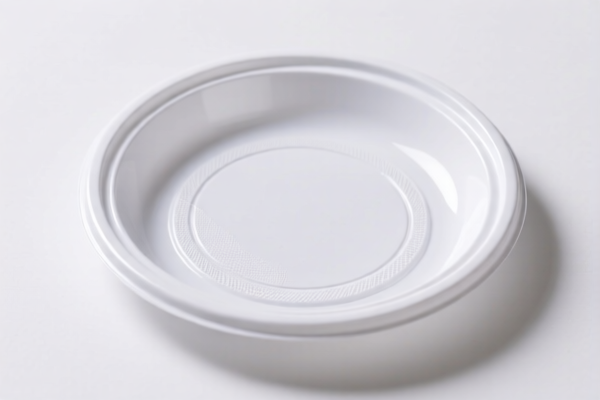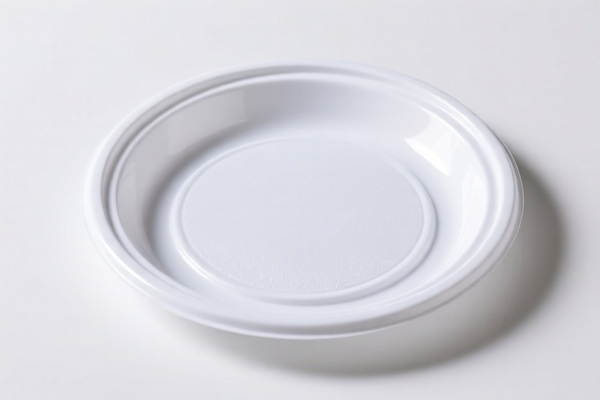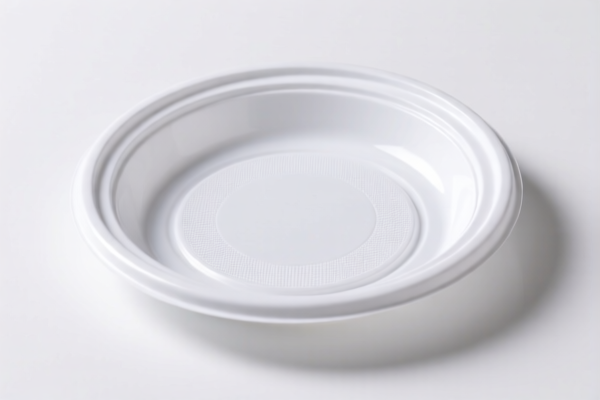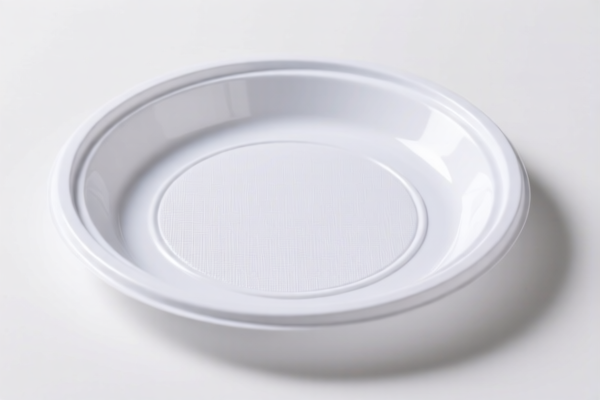| HS Code | Official Doc | Tariff Rate | Origin | Destination | Effective Date |
|---|---|---|---|---|---|
| 8301102000 | Doc | 39.8% | CN | US | 2025-05-12 |
| 8301104000 | Doc | 41.3% | CN | US | 2025-05-12 |
| 8306100000 | Doc | 35.8% | CN | US | 2025-05-12 |
| 8306290000 | Doc | 30.0% | CN | US | 2025-05-12 |
| 7326908688 | Doc | 82.9% | CN | US | 2025-05-12 |
| 7325100080 | Doc | 55.0% | CN | US | 2025-05-12 |
| 7325995000 | Doc | 82.9% | CN | US | 2025-05-12 |




Shock Plate
A shock plate (also known as an impact plate, recoil pad, or buttpad, depending on application) is a component designed to absorb and dissipate energy from impacts, typically reducing felt recoil and improving stability. The material, design, and application vary widely depending on the intended purpose.
Materials
- Rubber: The most common material, offering a balance of affordability, durability, and energy absorption. Different rubber compounds (e.g., SBR, EPDM, neoprene) provide varying levels of performance and resistance to environmental factors.
- Polymer/Plastic: Often used in conjunction with rubber or as a standalone material. Polymers can be engineered for specific durometers (hardness) and energy absorption characteristics.
- Gel/Viscoelastic Polymers: Provide superior energy absorption and comfort, often found in high-end applications.
- Foam: Lightweight and effective for absorbing low-level impacts, frequently used in protective gear.
- Leather: Traditionally used, primarily for aesthetic reasons and minimal recoil reduction. Often layered with other materials for improved performance.
- Metal: Used in specialized applications where high impact resistance or structural support is required, often in industrial settings.
Purpose & Function
The primary function of a shock plate is to mitigate the effects of sudden impacts. This is achieved through several mechanisms:
- Energy Absorption: The material deforms upon impact, converting kinetic energy into other forms (e.g., heat, sound).
- Recoil Reduction: By absorbing recoil energy, the shock plate reduces the force transferred to the user, improving comfort and control.
- Stability Enhancement: Reducing movement caused by recoil allows for faster follow-up shots and improved accuracy.
- Vibration Damping: Some shock plates are designed to dampen vibrations, further enhancing comfort and reducing fatigue.
- Protection: In applications like protective gear, shock plates protect the user from injury.
Usage Scenarios
- Firearms: Most commonly used on the butt of rifles and shotguns to reduce felt recoil and improve shooting comfort.
- Protective Gear: Incorporated into helmets, shoulder pads, knee pads, and other protective equipment to absorb impacts and reduce the risk of injury in sports and industrial settings.
- Industrial Equipment: Used in machinery and tools to dampen vibrations and reduce noise.
- Vehicle Components: Employed in suspension systems and other components to absorb shocks and improve ride comfort.
- Construction & Demolition: Integrated into tools and equipment to reduce the impact force on the operator.
- Sports Equipment: Found in gloves, padding, and other gear to protect athletes from injury.
Common Types
- Recoil Pads (Firearms): Typically made of rubber or polymer, attached to the buttstock of a firearm. Variations include:
- Standard Recoil Pads: Provide basic recoil reduction.
- Microcellular Recoil Pads: Offer improved energy absorption and comfort.
- Gel Recoil Pads: Provide superior recoil reduction and comfort.
- Helmet Liners: Typically made of foam or gel, designed to absorb impacts and protect the head.
- Shoulder Pads: Used in sports and protective gear, often made of foam or polymer.
- Knee/Elbow Pads: Designed to absorb impacts and protect joints.
- Vibration Dampening Plates (Industrial): Typically made of rubber or polymer, used to reduce vibrations in machinery.
- Suspension Bushings (Vehicles): Made of rubber or polyurethane, used to absorb shocks and improve ride comfort.
Based on the provided information, “shock plate” can be classified under the following HS codes:
-
7326908688: Other articles of iron or steel. This HS code covers a broad category of iron or steel articles not specifically classified elsewhere. The detailed breakdown is as follows:
- 73: Articles of iron or steel.
- 26: Other articles of iron or steel.
- 90: Other.
- 8688: Other.
- Tax Details: Basic duty rate is 2.9%, additional tariff is 25.0%, and post-April 2, 2025, the additional tariff increases to 30%. Steel and aluminum products are subject to an additional tariff of 25%.
- Total Tax Rate: 82.9%.
-
7325100080: Other cast articles of iron or steel. Specifically, this code refers to cast iron articles that are not malleable.
- 73: Articles of iron or steel.
- 25: Other cast articles of iron or steel.
- 10: Of nonmalleable cast iron.
- 0080: Other.
- Tax Details: Basic duty rate is 0.0%, additional tariff is 25.0%, and post-April 2, 2025, the additional tariff increases to 30%.
- Total Tax Rate: 55.0%.
-
7325995000: Other cast articles of iron or steel. This code covers other cast iron or steel articles not specifically classified elsewhere.
- 73: Articles of iron or steel.
- 25: Other cast articles of iron or steel.
- 99: Other.
- 5000: Other.
- Tax Details: Basic duty rate is 2.9%, additional tariff is 25.0%, and post-April 2, 2025, the additional tariff increases to 30%. Steel and aluminum products are subject to an additional tariff of 25%.
- Total Tax Rate: 82.9%.
Important Note: Regarding HS codes 7326908688, 7325995000, please note the additional tariff of 25% applicable to steel and aluminum products.
Customer Reviews
No reviews yet.